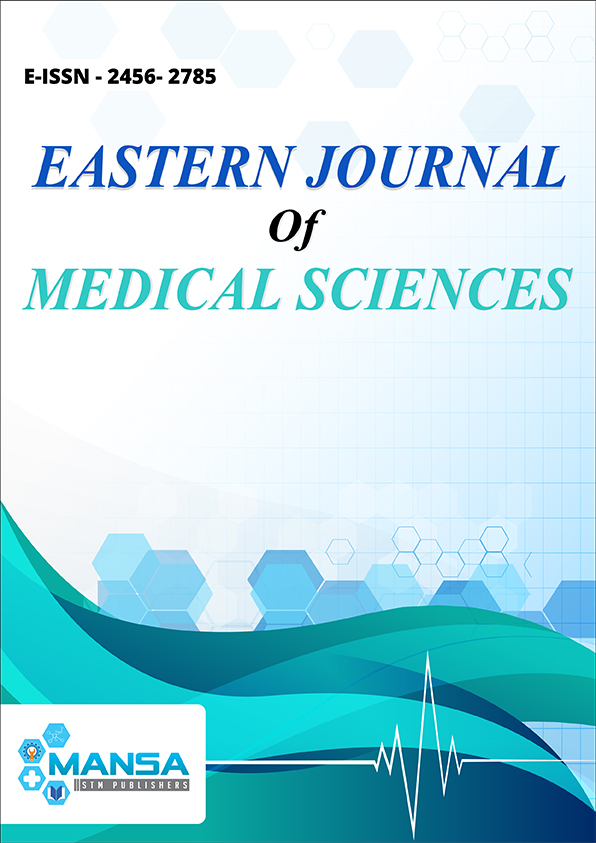Phenotypic detection of Metallo Beta Lactamase Producing Pseudomonas aeruginosa among Clinical Isolates from the intensive care unit of a tertiary care centre
DOI:
https://doi.org/10.32677/EJMS.2018.v03.i04.003Keywords:
metallo beta-lactamases, Imipenem– EDTA combined disc test, Modified Hodge Test.Abstract
Background: Pseudomonas aeruginosa is an opportunistic pathogenic bacterium responsible for both, acute and chronic infection, causing serious infections in patients who are mechanically ventilated individuals, who are immunocompromised, and patients with malignancies or HIV infection. Objectives: The phenotypic screening of metallo beta-lactamases (MBL) in strains of Pseudomonas aeruginosa resistant to imipenem. Material and Methods: The study was carried out in the department of Microbiology, in a medical hospital, Bareilly, over a period 18 months from January 2013 to June 2014. A total of 103 Pseudomonas aeruginosa isolated from sputum, broncho alveolar lavage (BAL), urine, pus and blood from critically ill patients admitted in the intensive care unit of a tertiary care centre. Strain of P. aeruginosa resistant to imipenem, were tested for metallo beta-lactamase production by phenotypic methods. Result: Out of 103 Pseudomonas aeruginosa, 48 strains were found imipenem resistant, of which 43(89.6%) were MBL positive by imipenem -EDTA combined disc test and the rest 35(72.9%) were by modified Hodge test. Conclusion: Imipenem – EDTA combined disc test found to be the best phenotypic method for detection of MBL. The appearance of the MBL and their spread among bacterial pathogens is a matter of concern with regard to the future of antimicrobial therapy. Both the methods are simple and one of these phenotypic methods can be easily incorporated in routine lab procedures to detect MBL.

